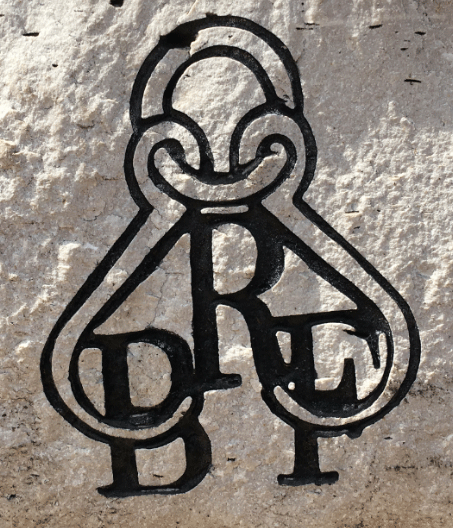Numerous Finish Options
Home/Numerous Finish Options
Numerous Finish OptionsMa1n5treet2017-08-17T17:58:35+00:00
- Black Oxide (Black oxide is a conversion coating formed by a chemical reaction produced when parts are immersed in the alkaline aqueous salt solution operated at approximately 285 degrees F. The reaction between the iron of the ferrous alloy and the hot oxide bath produces a magnitite (Fe3 O4) on the actual surface of the part making it ideal for certain applications to protect against corrosion).
- Painted (to your color specification)
- Powder coated (a type of coating that is applied as a free-flowing, dry powder. The main difference between a conventional liquid paint and a powder coating is that the powder coating does not require a solvent to keep the binder and filler parts in a liquid suspension form. The coating is typically applied electrostatically and is then cured under heat to allow it to flow and form a “skin”. The powder may be a thermoplastic or a thermoset polymer. It is usually used to create a hard finish that is tougher than conventional paint).
- Line-X (A specialized spray-on protective coating with high-performance elastomeric coatings engineered for maximum durability and limitless application potential. It forms permanent bonds at the molecular level with provide excellent adhesion to a wide variety of surfaces and assist with rust protection and abrasion.
- Shot blast with rust inhibitor
- High Density Polyethylene for non-marring applications. (Extremely strong against impact, abrasion resistant, and exhibits a low coefficient of friction. The material is also moisture, stain, and odor resistant, and is FDA approved for use in the food processing industry).

